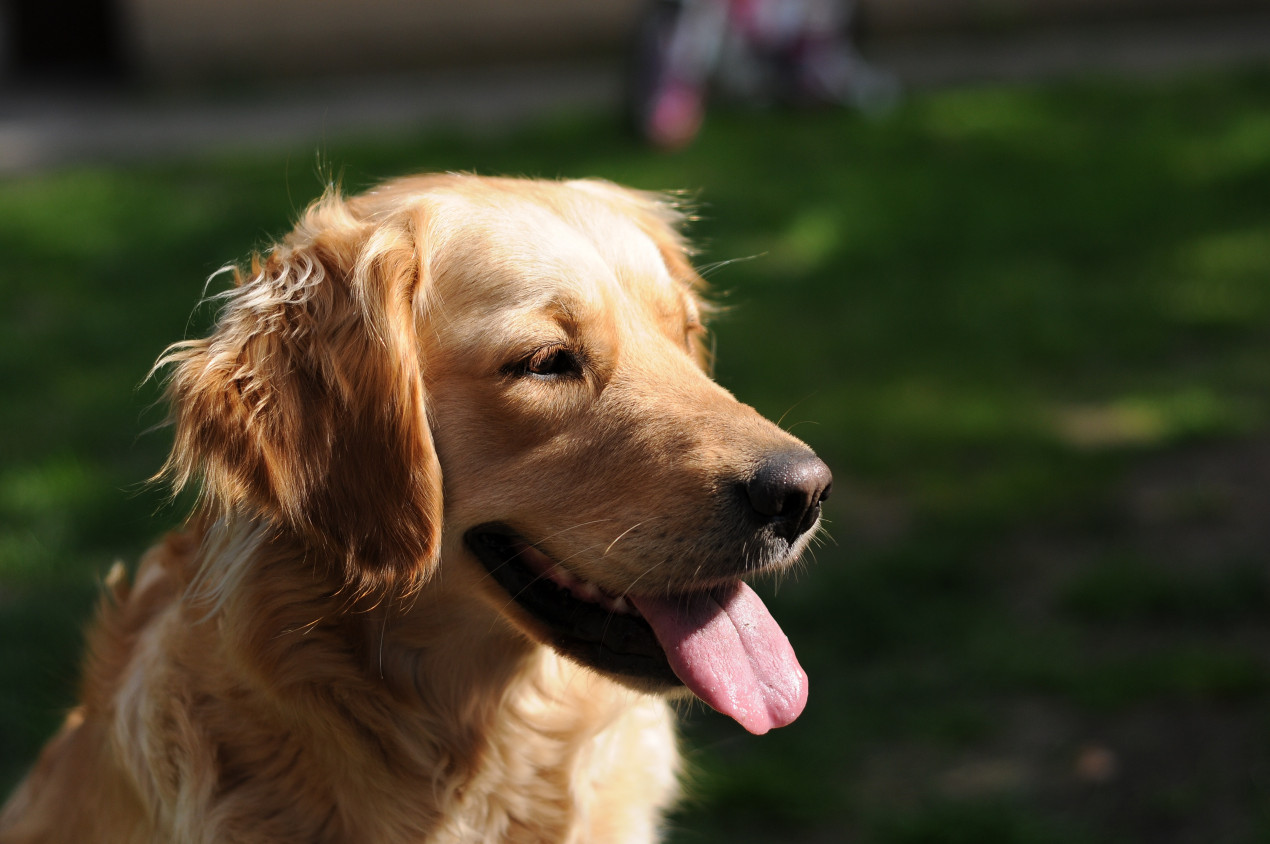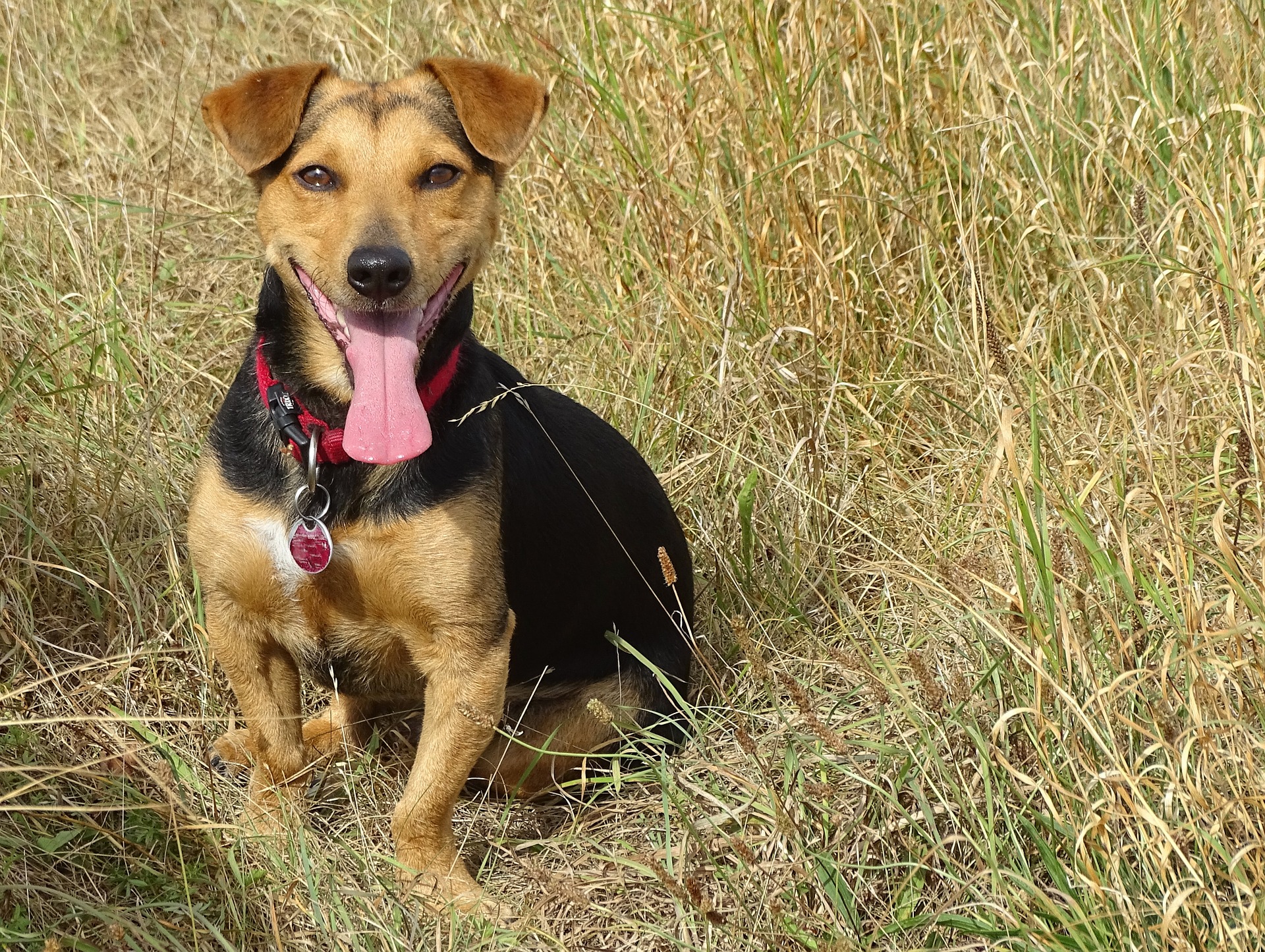Do you need help?

Why should I health check my dog?
Hopefully, your dog will lead a long and happy life and, in most cases, will only see your vet every year for annual vaccinations. Obviously, 12 months is a long time, and many things can change over this time, so it is important to be sure your pet is in the best health they can be. Taking your dog to the vet for a regular pet check is one way to keep track of your pet’s health while learning to do a basic dog health check at home is another option.
There are obvious pros and cons to both these options and some of these are set out below.

Home dog health check versus vet pet check
- Vets can do more thorough pet checks as they have experience and resources
- Home dog health checks can be done as often as you like and can help build up a rapport with your vet
- Home dog health checks are stress-free for your pet
- Home pet checks can be incorporated into your daily routine such as grooming
- Regular home dog health checks may help you notice any changes early on so you can seek treatment sooner
- Vet pet checks can be stressful for your pet, although attending a regular check up can actually help your pet realise that it’s not always bad going to the vets
Should I do a dog health check at home or take my dog to the vet?
This question depends a little on your specific situation and how confident you are at assessing your dog’s health. In practice, most people will compromise with a mix of both home checks and regular vet checks. Usually, a good compromise is to do a dog health check at home on a weekly basis and attend your vet every few months for a quick look over (which can coincide with collecting more flea/worming treatments). If there is something you aren’t certain about and would like a second opinion don’t hesitate to contact your vet.
Will my vet think I am wasting his time by asking for a pet check?
Definitely not. It is a vet’s job to help maintain the health and well being of your pet and so they would rather see 10 animals that have a clean bill of health than one that the owner didn’t want to ‘bother us with’ that has become much more seriously ill. It is much more pleasant to be able to tell someone everything appears well than explain that unfortunately things are much more serious and it’s too late to do something about it now.

What should I be checking my dog for at home?
Please see the specific article relating to each area described below for more information. However, there are some areas specifically to take make a point of checking:
- Teeth – often people are amazed at how bad their pet’s teeth are when they visit their vet because their dog has gone off their food. This is because we assume when they are eating all is well and we rarely take time to actually look. Sadly, dental disease is very common.
- Ears – ears are one of the biggest areas for ‘vet visits’ in adult, otherwise healthy animals so routine checking and health care can help reduce the risks of your pet being one of these.
- Eyes – eyes are often the first thing plunged into the hedgerow or take the brunt of the wind as they stick their head out the window and so naturally pick up a lot of problems. When caught early, most issues can be easily treated but if allowed to progress can become very nasty. Checking regularly and knowing what is normal is vital to catch these problems early.
- Skin/body – many animals pick up lumps and bumps as they age and being familiar with what is ‘there’ and what is ‘new’ will help assess what is going on. Knowing how your dog feels ‘under the skin’ is also really important. Their fur covers a lot and vets often have people reporting they have lost all this weight overnight. This is actually fairly unlikely as weight loss is a fairly slow process. Because it changes slowly, it isn’t very noticeable day to day but most people only start to ‘feel’ their animals once they are worried for other reasons. Knowing how much ‘meat on the ribs’ there is will help you catch any slow weight loss early and hopefully tackle the problem before it worsens.
- Feet and claws – these are a very important part of your pet and take the brunt of the wear and tear during exercise and everyday life and so it’s important to check them regularly for any minor problems.
- Movement– as your dog ages they may start to struggle getting about. Again this process can be very slow and so it is worth spending a few minutes ‘scoring’ how well your pet is getting about – do they struggle getting up? Are they stiff in an evening after they’ve been out? etc.
- Weight– it’s quite difficult to tell a dog’s weight by just looking at them – often big, fluffy dogs can look much bigger than they are, and can sometimes even be underweight beneath all that fur. Here’s a step-by-step guide on how to check your dog’s weight.
We’ve got a selection of handy articles which go into a bit more depth in each area, click on the titles above to visit these pages.

